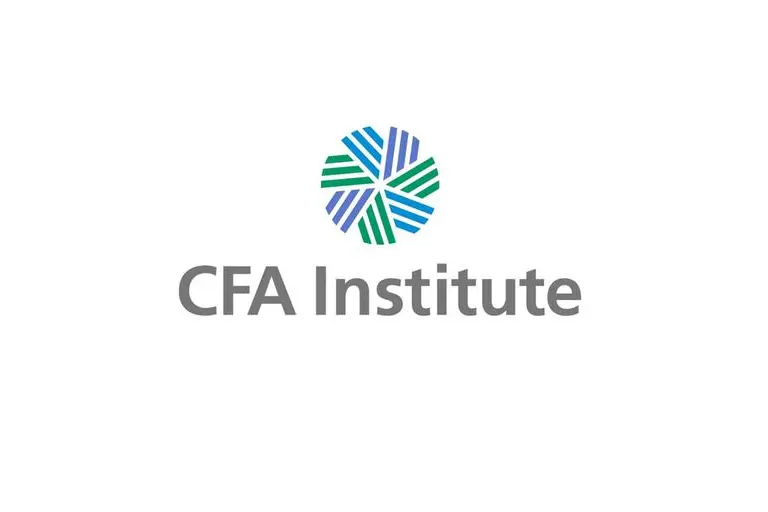PHOTO
The survey highlights a growing trend among Emirati graduates toward making positive societal and environmental contributions through their careers. Image Courtesy: CFA Institute
Dubai — New research published today by the CFA Institute Research and Policy Center analyzes the many challenges implicit in transition finance as a mechanism for the decarbonization of carbon-intensive sectors such as aviation, shipping, trucking, steel, cement, aluminum, and petrochemicals production.
The research, Navigating Transition Finance: An Action List, discusses the different stages of readiness and adoption of transition finance across a selection of industries and markets, and offers recommendations for corporations, investors, and policymakers to improve the environment for transition finance investors.
The report also discusses the inadequacy of existing fiscal policies, such as green public procurement, where authorities direct spending on goods, services, and works with a reduced environmental impact, and the role of blended finance facilities and other policy interventions.
Paul Andrews, Managing Director for Research, Advocacy and Standards, CFA Institute said:
“Transition finance can play a key role for investors who intentionally seek to incorporate net zero into their strategies. However, financing for the reduction of emissions requires navigating a complex landscape of economic, regulatory, environmental, and technological factors. This is particularly challenging given the absence of standardized definitions, appropriate metrics, and transition finance instruments that are endorsed by international organizations.”
“Enhanced comparability and standardization of disclosures at national, regional, and global levels will be important to facilitate progress in the transition finance sector. Relying solely on market forces is unlikely to deliver on decarbonization targets, and collaboration among stakeholders will be essential. Put simply, policy frameworks must support the financing of decarbonization strategies in the real economy.”
“All stakeholders within the transition finance system will need to cultivate new skills, establish clear priorities, and work together if transition finance is to play a meaningful role in supporting net-zero targets.”
Key challenges remaining for scaling transition finance include:
- Closing knowledge gaps among the investor community concerning transition finance. The lack of awareness and attention to transition finance hinders mainstream adoption and creates challenges in effectively communicating and implementing transition strategies.
- The lack of credible transition plans and fit-for-purpose disclosures.
- The absence of clear taxonomies and labelling standards complicates risk evaluation and limits international capital flows.
- An unfavorable risk-return profile due to inadequate government support for improving the commercial viability of transition projects.
Key Recommendations for net-zero investors, corporations, and policymakers include:
Institutional Investors
- Establish portfolio decarbonization targets and report on progress
- Develop metrics dashboards and use attribution analysis to report how investment strategies promote lower emissions or emissions reduction, focusing on year over year change in the weighted average carbon intensity (WACI) of portfolios, adjusting for currency and inflation effects
Corporations
- Disclose credible transition plans that align with the Paris Agreement and demonstrate the economic feasibility of meeting decarbonization targets
- Include decarbonization performance as part of a balanced scorecard for executive remuneration to incentivize accountability and intentionality
Governments and Regulators
- Collaborate with industry stakeholders to create transition taxonomies, harmonize transition plan disclosures, and economic feasibility assessments
- Allocate additional public and blended finance to mobilize more private sector investment in transition projects, especially in developing markets
- Use labelling to help individual investors navigate the investment product landscape, thereby creating a more informed and sustainable finance ecosystem
To access the report Navigating Transition Finance: An Action List, visit: https://rpc.cfainstitute.org/en/research/reports/2024/navigating-transition-finance
For further comment or information, contact PR@cfainstitute.org.
About CFA Institute
As the global association of investment professionals, CFA Institute sets the standard for professional excellence and credentials. We champion ethical behavior in investment markets and serve as the leading source of learning and research for the investment industry. We believe in fostering an environment where investors’ interests come first, markets function at their best, and economies grow. Spanning nearly 200,000 charterholders worldwide across 160 markets, CFA Institute has 10 offices and 160 local societies. Find us at www.cfainstitute.org or follow us on LinkedIn and X at @CFAInstitute.
About the CFA Institute Research and Policy Center
The CFA Institute Research and Policy Center is a positive-influencing force in the global investment industry, transforming research insights into actions that strengthen markets, advance ethics, and improve investor outcomes for the ultimate benefit of society. It brings together CFA Institute expertise along with a diverse, cross-disciplinary community of subject matter experts working collaboratively to address complex problems. It is informed by the perspective of practitioners and the convening power, impartiality, and credibility of CFA Institute, whose mission is to lead the investment profession globally. Visit the Research and Policy Center at http://rpc.cfainstitute.org




















